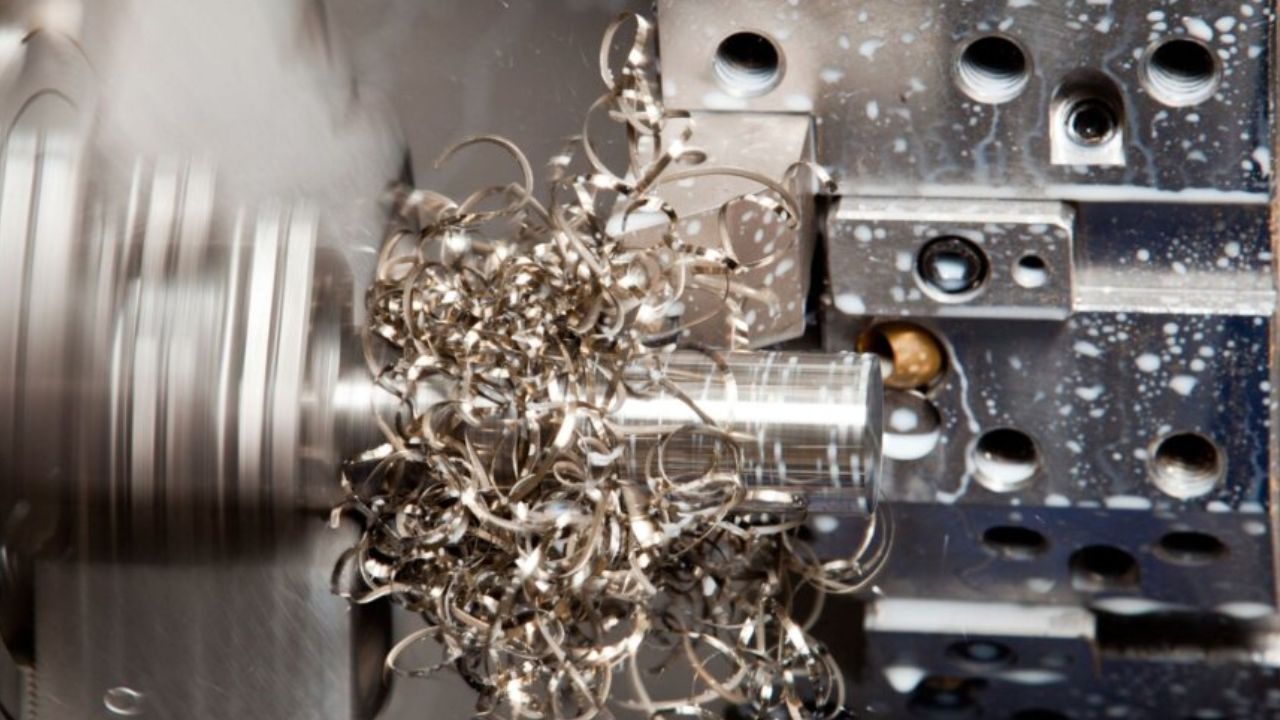Because it directly affects productivity, costs of production, and the quality of the finished goods, machinability is a crucial component of the manufacturing process. The entire productivity of manufacturing operations is influenced by the ease and efficacy of material machining. Surface finishes, dimensional precision, tool wear reduction, and smoother machining operations are all made possible by materials with strong machinability qualities.
This has a direct impact on reduced manufacturing costs, less downtime, and higher productivity. Furthermore, click on the following link https://www.3erp.com/blog/what-is-machinability-and-how-is-it-measured/ to learn more about Machinability, quicker manufacturing cycles made possible by effective machinability resulting in products being delivered to the market on schedule. Manufacturers can maintain a competitive edge in an ever-changing industrial landscape, improve product quality, and expedite operations by understanding and maximizing machinability.
Quantify or Measure Machinability
Manufacturing relies heavily on a material's machinability, or how easily and effectively it can be machined. The process of measuring or quantifying machinability is intricate and requires a variety of testing processes and methodologies in order to assess a material's machinability. The machinability of various materials is evaluated using a variety of metrics and tests.
Wear Rates and Tool Life
Tool life and wear rates are two popular metrics used to assess machinability. This entails timing how long a material can be efficiently machined by a cutting tool before it wears out, breaks, or becomes dull. Tool wear rates offer valuable information about a material's capacity to preserve the tool's sharpness and efficiency while it is being machined.
Severing Forces
A further technique is to measure the cutting forces used during machining. The amount of force needed to cut or remove a material might reveal how machine-friendly it is. Because they put less strain on the equipment and tools, lower cutting forces are typically associated with improved machinability.
Quality of Surface Finish
Machinability's most important component is surface finish quality. Measuring surface imperfections, waviness, or roughness after machining yields important insights into the machinability of a material. Surface finishes made from materials with strong machinability are typically smoother and more accurate.
Chip Creation and Management
It is crucial to assess chip formation and control while milling. Chip formation and evacuation can affect the machining process as a whole, surface polish, and tool life. Enhanced machinability is usually associated with better chip control.
Particular Energy Use
Another quantitative method is to measure the particular energy consumed during machining operations. It entails figuring out how much energy is needed to remove a certain amount of material. Improved machinability is frequently correlated with lower specific energy usage.
Taylor's Equation and the Tool Life Equation
Cutting speed, tool life, and material properties are taken into account when machinability is evaluated using formulas such as Taylor's tool life equation. These equations provide a mathematical understanding of how tool life varies with cutting speed, feed rate, and depth of cut, offering insights into the machinability of materials.
Machinability Index (MI)
The machinability index is a numerical value assigned to materials based on their machinability characteristics. It's often calculated by comparing the machining performance of a material against a standard reference material. Higher MI values indicate better machinability.
Standard Examinations
A number of standardized assessments have been created to measure machinability. As an illustration, consider the Turning, Milling, and Drilling Tests as outlined by groups like the American Society of Mechanical Engineers (ASME) and the International Organization for Standardization (ISO). To evaluate machinability, these tests entail particular machining procedures performed under predetermined circumstances.
Formation of BUE (Built-Up Edge)
Structured A cutting tool's edge formation is used to determine its machinability. Certain materials are more likely to generate BUE, which can lead to problems including tool wear and poor surface finish. Understanding the machinability properties of a material can be aided by evaluating BUE formation.
Rate of Material Removal (MRR)
A further indirect indicator of machinability is the material removal rate or the quantity of material removed per unit of time. Better machinability is frequently indicated by higher MRRs, assuming that tool wear and surface polish stay within allowable bounds.
Final Thoughts
A variety of quantitative tests, measurements, and observations are used to assess a material's machinability in order to determine how easy it is to work with. Combining these techniques allows researchers and manufacturers to better understand, compare, and enhance the machinability of various materials, increasing production processes' quality control and manufacturing efficiency.


